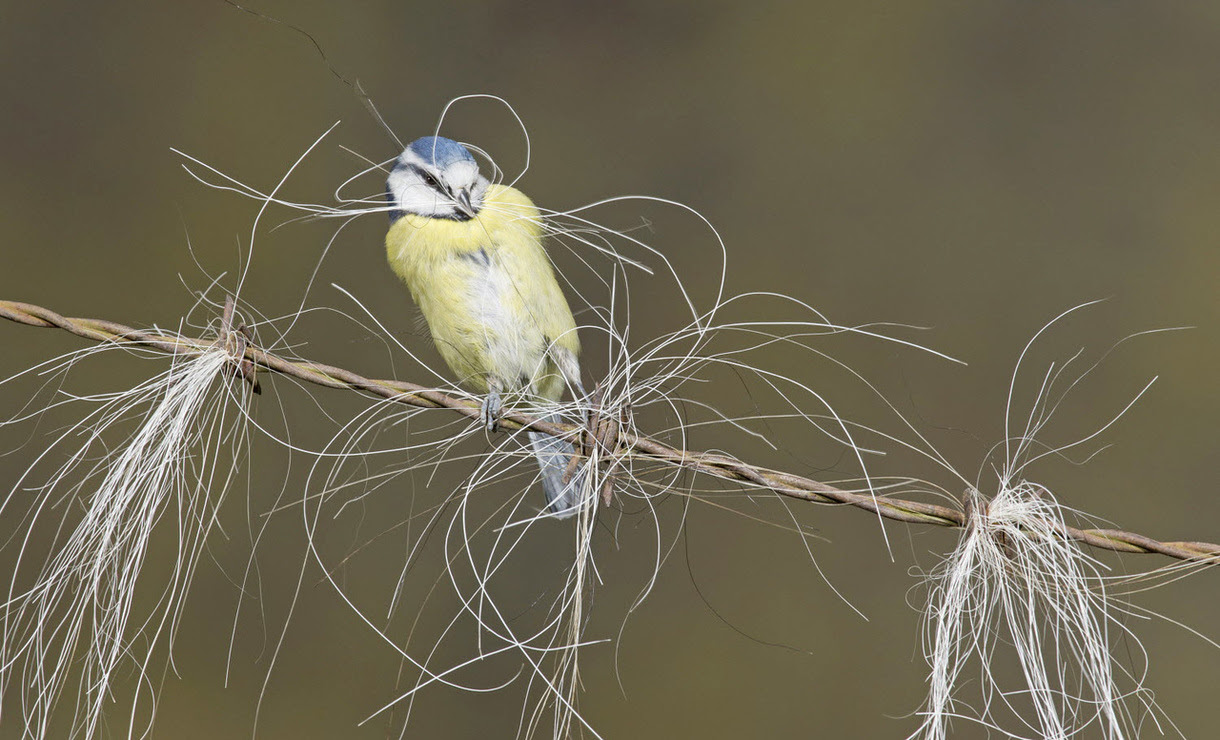The changing light and temperature of autumn along with increasing hormone levels trigger the breeding season for many animals including deer. In this gallery we feature white-tailed deer and elk. During rut animals become more aggressive, territorial, and vocal. They may also use a variety of behaviors to attract mates, such as displaying their physical strength in battle. In addition to sparring, bucks also engage in rubbing and scraping behaviors during the rut. These behaviors are used to mark territory, attract mates, and establish dominance.
At the beginning of the rutting season, bulls will gather a group of cows and calves to form a harem. A harem is usually smaller than the large cow/calf herds of summer, and it does not include male yearlings. Male yearlings are usually driven off by the mature bulls or by cows who are intolerant of their presence.
Scraping is a behavior in which a buck paws a spot of ground, usually to bare soil, and urinates in the area. The buck may also rub his forehead and preorbital glands on the ground. Scrapes are often associated with a low, overhanging branch, which the buck may break and deposit scent on. Scraping is most common during the peak of the rut.
Bucks compete for the right to mate with female deer (does). One way that bucks establish their dominance is through sparring. Sparring is a low-intensity, pushing and shoving match that can occur between bucks of equal stature or between a dominant and subordinate buck. Eventually similarly matched bucks will engage in more violent battles to establish dominance.
Rubbing is a behavior in which a buck rubs his antlers and forehead on a shrub or small tree. This behavior deposits scent from the buck's forehead and preorbital glands, which can be detected by other deer. Rubbing can occur at any time of year, but it is most common during the rut. In the fall deer are losing the velvet that encases their antlers.
Often bulls will be seen thrashing bushes and small trees during this time - they may be doing this to shed the velvet or release aggression. Sometimes the buck ends the incident carrying grasses, leaves or branches on their antlers. Bulls start wallowing in the fall, when the mating season begins. They will find a muddy spot and roll around in it, coating themselves in mud and urine. The mud helps to spread the bull's scent, making it more likely that cows will be attracted to him. The mud also helps to cool the bull down, as it absorbs heat from his body.
Bulls are ready to mate for several weeks before and after the rut, but females are only in estrus (sexually receptive) for about 72 hours and can be so up to seven times if she does not mate during the season. In addition, does become more aggressive, intolerant of the bucks' advances and they seek isolation during rut.
Click here to see the entire collection.









































